The opening phase of a chess game determines the character and flavor of the game. And at the Grandmaster level, there are so many openings that it can feel overwhelming for the average chess player to choose one.
However, among this vast ocean of possibilities, some openings have stood the test of time and remain the most played and trusted by Grandmasters worldwide.
In this article, we look at 5 of the most played openings by Grandmasters, both with the White and Black pieces, as seen on the Lichess Master Game database.
As White:
1. Ruy López (1. e4 e5 2. Nf3 Nc6 3. Bb5)
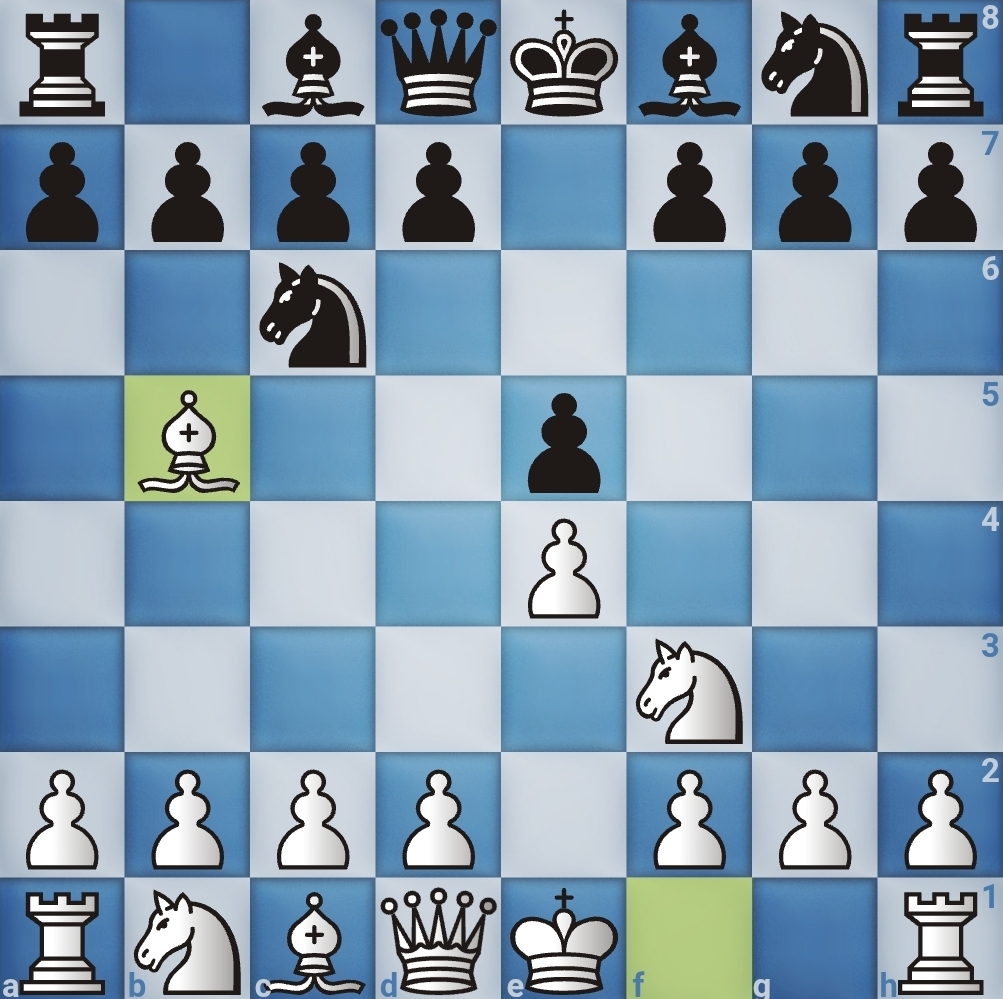
The Ruy López, also known as the Spanish Opening, is one of the oldest and most celebrated openings in chess. White attacks the knight on c6 after Black defends the centre with …e5. Grandmasters love it for its flexibility — it can lead to sharp attacking play in the Open Ruy López or slow, strategic manoeuvring in the Closed Ruy López.
It’s an evergreen opening, played at every level from beginners to world champions.
Popularity
According to the Lichess Master Database, the Ruy López appears in 149,848 games, with White winning 29% and 52% ending in draws.
2. Italian Game (1. e4 e5 2. Nf3 Nc6 3. Bc4)
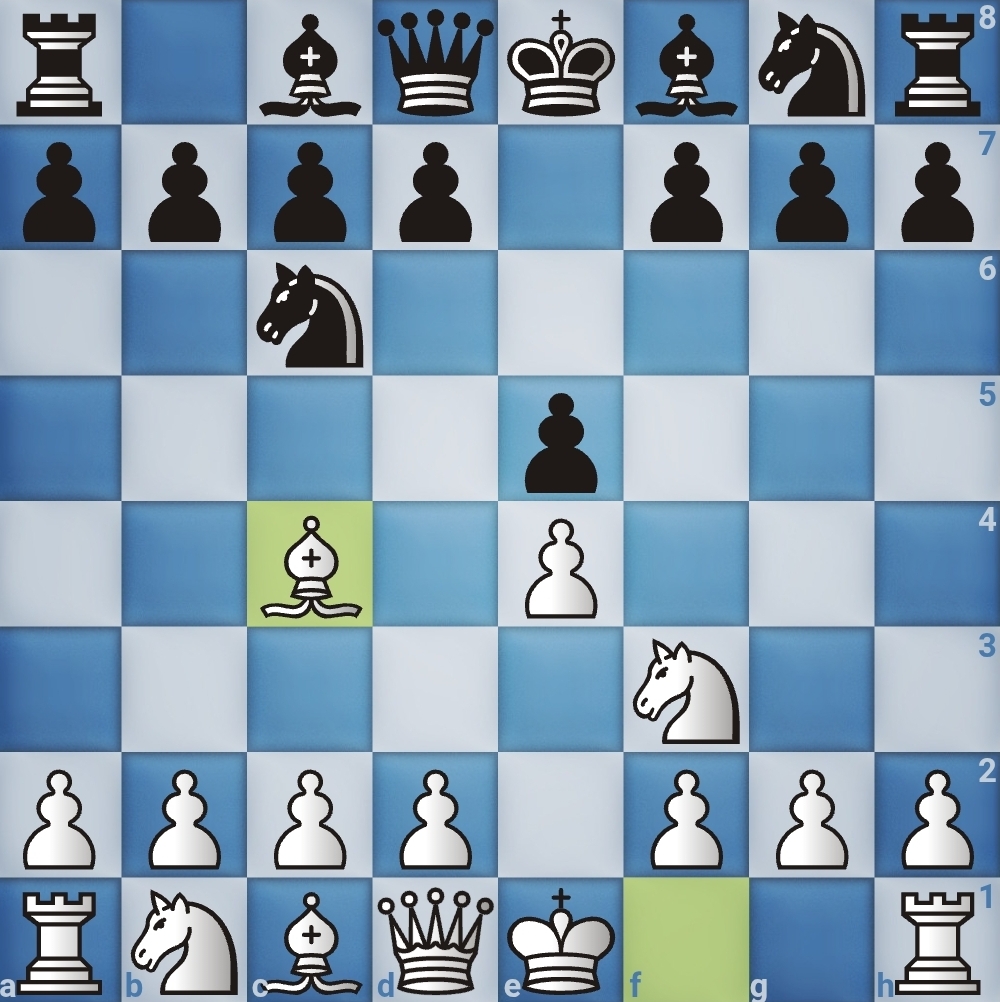
The Italian Game, also known as Giuoco Piano, is another classical favourite. By placing the bishop on c4, White targets the weak f7 square.
The Italian is straightforward, simpler and more direct than the Ruy López, with less theory to memorise. This is why many top players, including Carlsen and Anand, employ it regularly.
It can lead to both quick tactical skirmishes and quiet positional battles.
Popularity
The Lichess Master Database records about 41,535 Italian Games, with White winning 30% and 46% of games drawn.
3. Scotch Opening (1. e4 e5 2. Nf3 Nc6 3. d4)
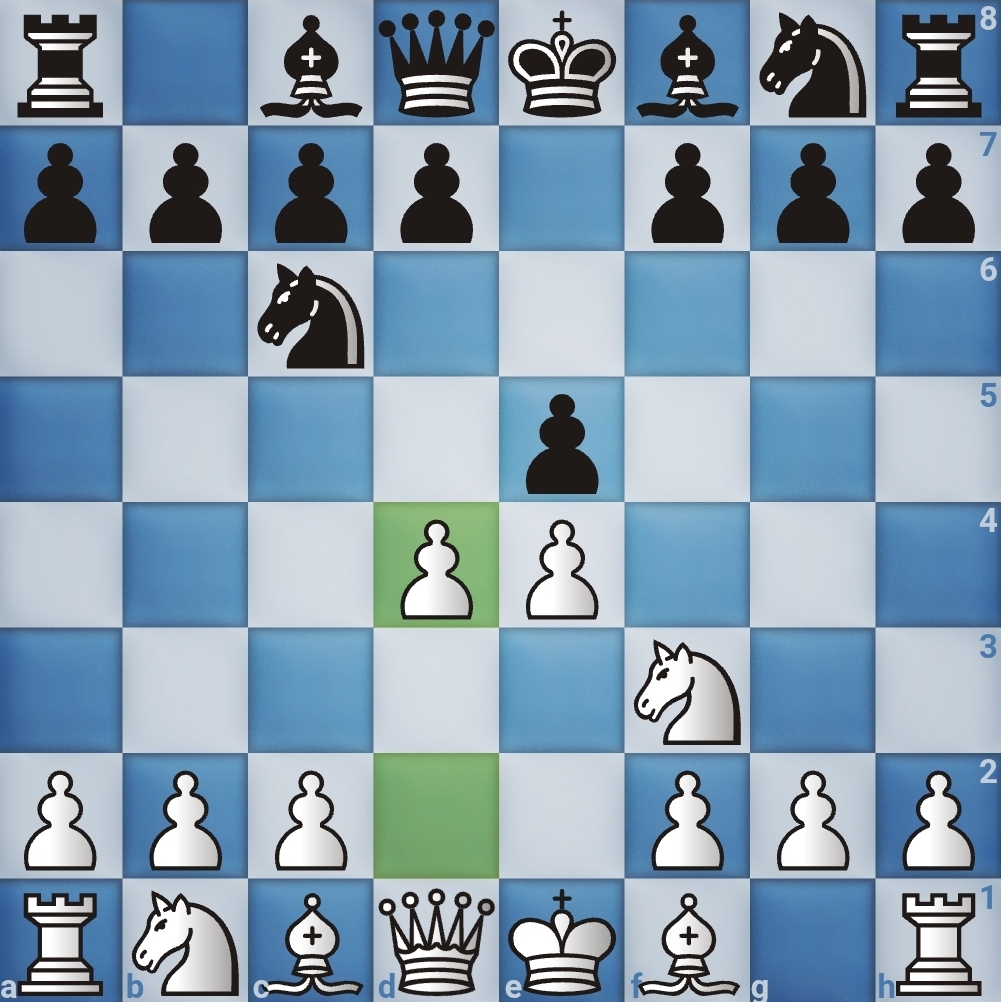
The Scotch Opening is a direct challenge to the centre. White opens the position early, creating fast piece development and tactical tension.
Unlike the Ruy López, there’s less slow manoeuvring. It’s perfect for players who prefer open, attacking positions right from the start.
Popularity
The Scotch appears in 21,014 master games, with White winning 29% and 52% of the games ending in draws.
4. Queen’s Gambit (1. d4 d5 2. c4)
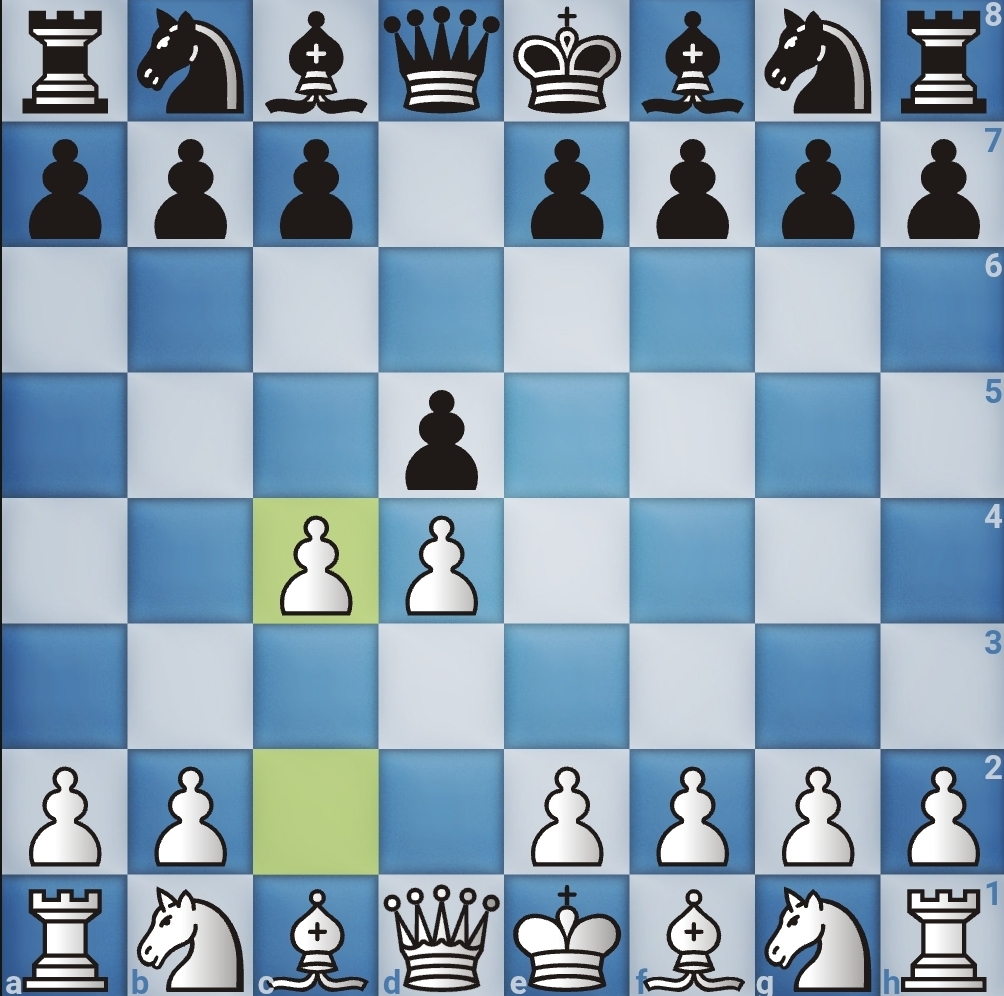
The Queen’s Gambit is one of the most respected and time-tested openings in chess. White offers a pawn on c4 to gain central control. Whether in the Declined or Accepted form, it leads to classical, balanced positions full of rich strategic ideas.
Nearly every world champion has relied on it at some point. Also, on a light-hearted note, it is essential not to confuse the opening with the Queen’s Gambit Series. The Series was named after the opening, and it had a role to play in the chess boom of recent years
Popularity
In the Lichess Master Database, the Queen’s Gambit appears in 96,900 games, with White winning 31% and 52% drawn.
5. English Opening (1. c4)
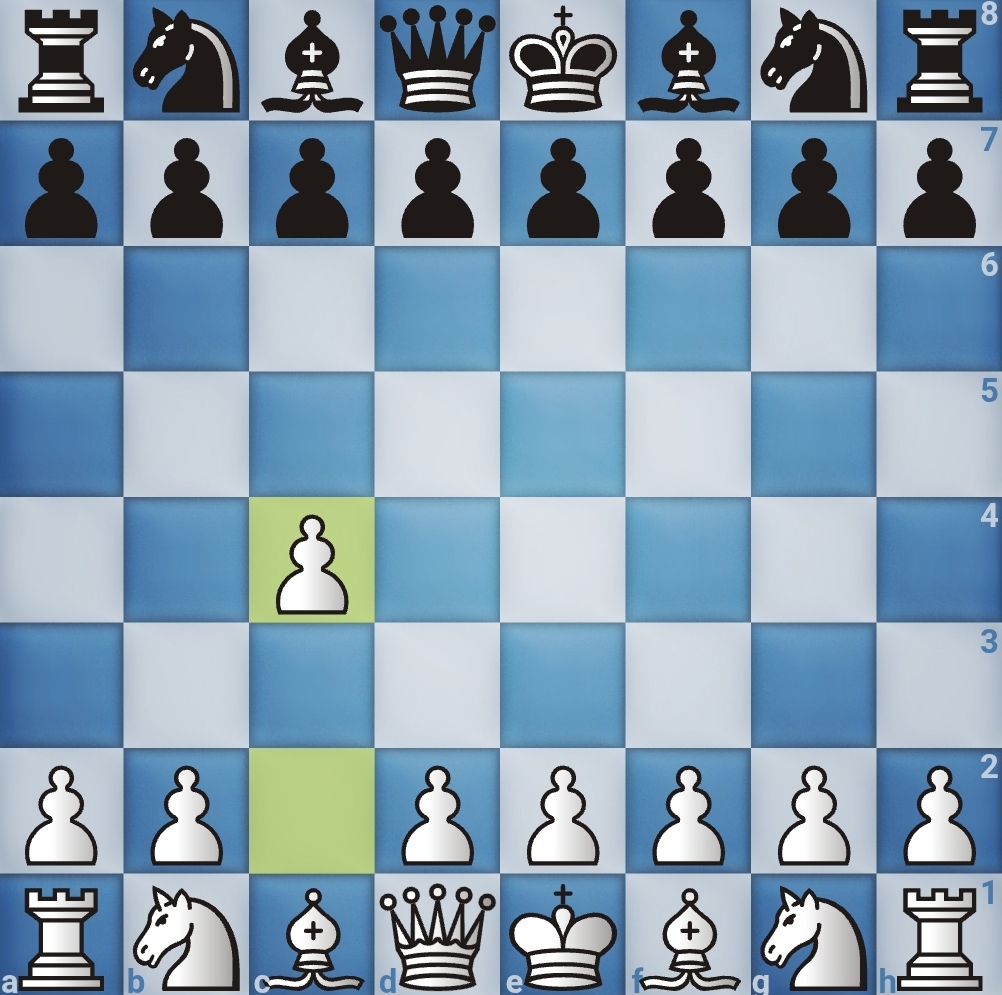
The English Opening is a flexible, hypermodern choice. By controlling the centre from the flank, White maintains a dynamic and adaptable position.
It can transpose into 1.d4 systems or become a strategic battle of plans. Grandmasters such as Botvinnik, Karpov, and Carlsen have all utilised the English to great success.
Popularity
The English appeared in 187,790 Master games, with White winning 34% and 23% drawn.
The most common Black response is 1…Nf6, seen in 52,587 games, where White wins 36% and 43% are drawn. The next most frequent reply is 1…e5, played in 46,196 games.
As Black:
1. Sicilian Defense (1.e4 c5)
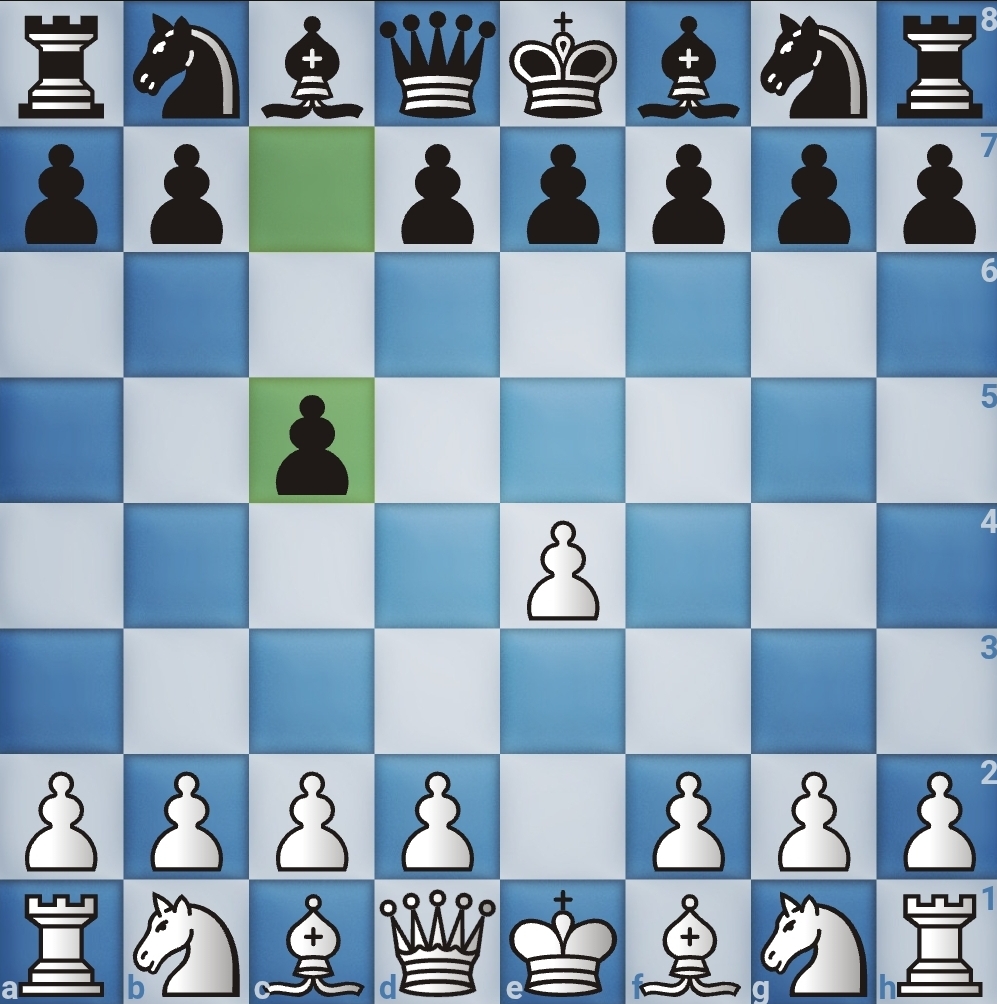
The Sicilian Defense is the most popular response to 1.e4 among Grandmasters. It creates an immediate imbalance, allowing Black to play for a win from the very first move.
The Sicilian has many sub-variations, including the Najdorf, Dragon, and Scheveningen, each with a unique character. Though deeply theoretical and might be tricky to master, it’s a weapon of choice for ambitious players.
Popularity
According to Lichess Master Data, the Sicilian is featured in 567,659 games, with White winning 32% and 42% of games drawn.
2. Caro-Kann Defense (1. e4 c6)
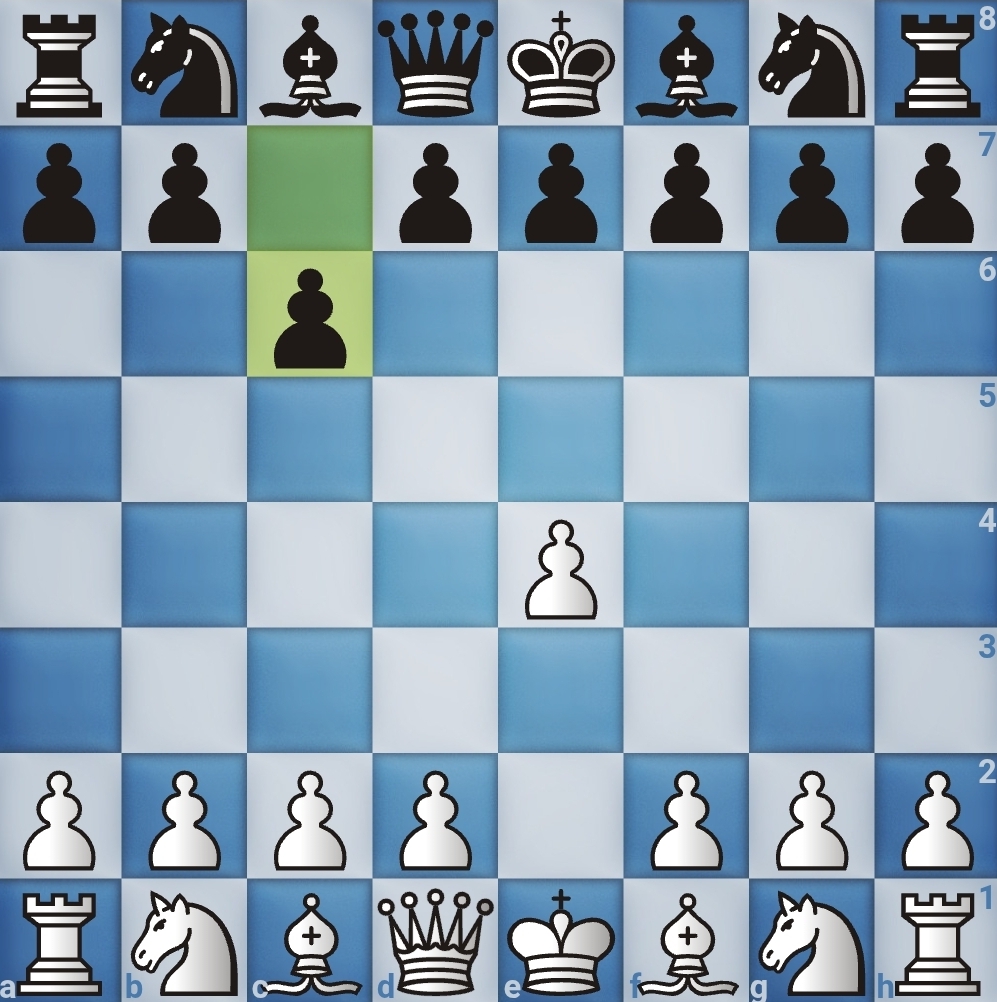
The Caro-Kann is known for its solidity and long-term reliability. Black challenges the centre immediately but keeps a rock-solid structure.
Many world champions, including Capablanca, Petrosian, and Anand, favoured it as a safe yet ambitious alternative to the French.
Popularity
The Caro-Kann Defense appears in 98,794 Master games, with White winning 33%, Black winning 24%, and the rest drawn.
3. French Defense (1. e4 e6)
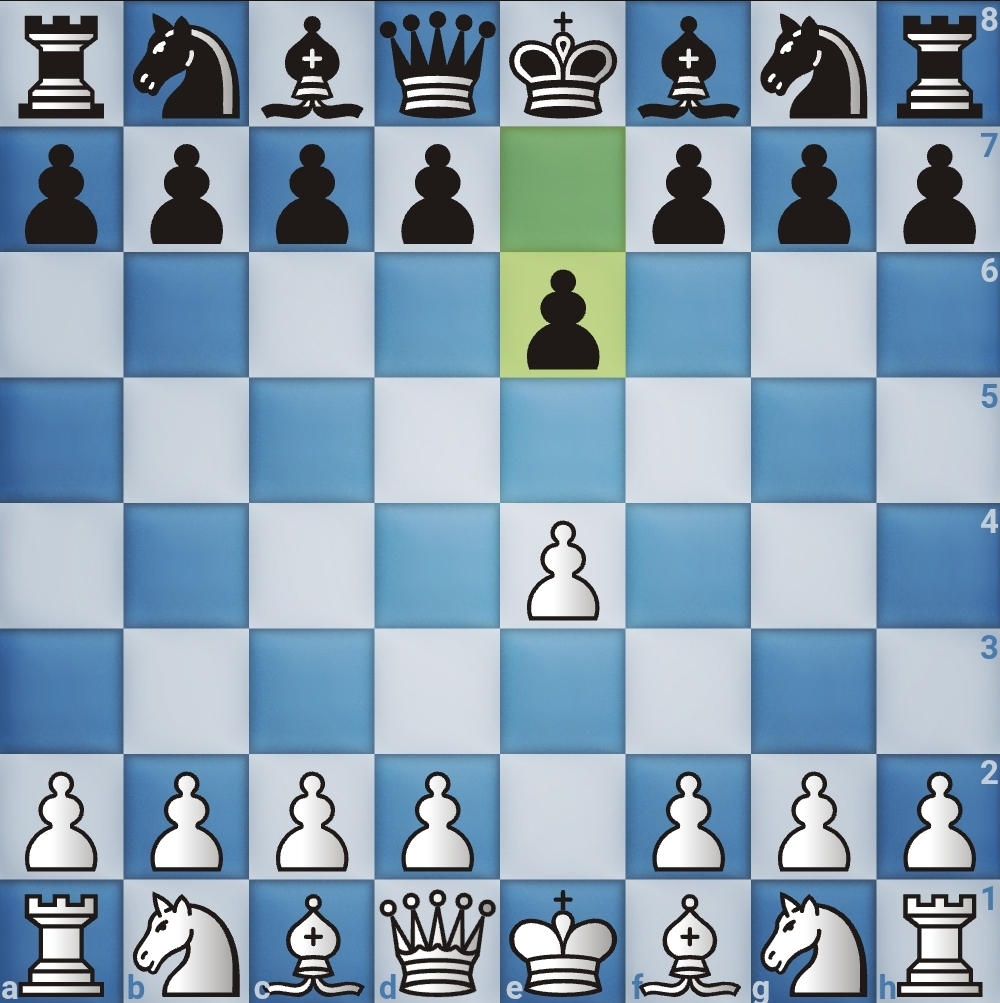
The French Defense is one of the most resilient openings in chess. Black blocks the center early, planning to counterattack later with …c5.
Although the light-squared bishop is often restricted, the structure is resilient, making it ideal for counterpunchers.
Popularity
The solid French Defense is seen in 146,105 games, with White winning 35%, Black winning 24%, and 41% of games drawn.
4. King’s Indian Defense (1. d4 Nf6 2. c4 g6 3. Nc3)
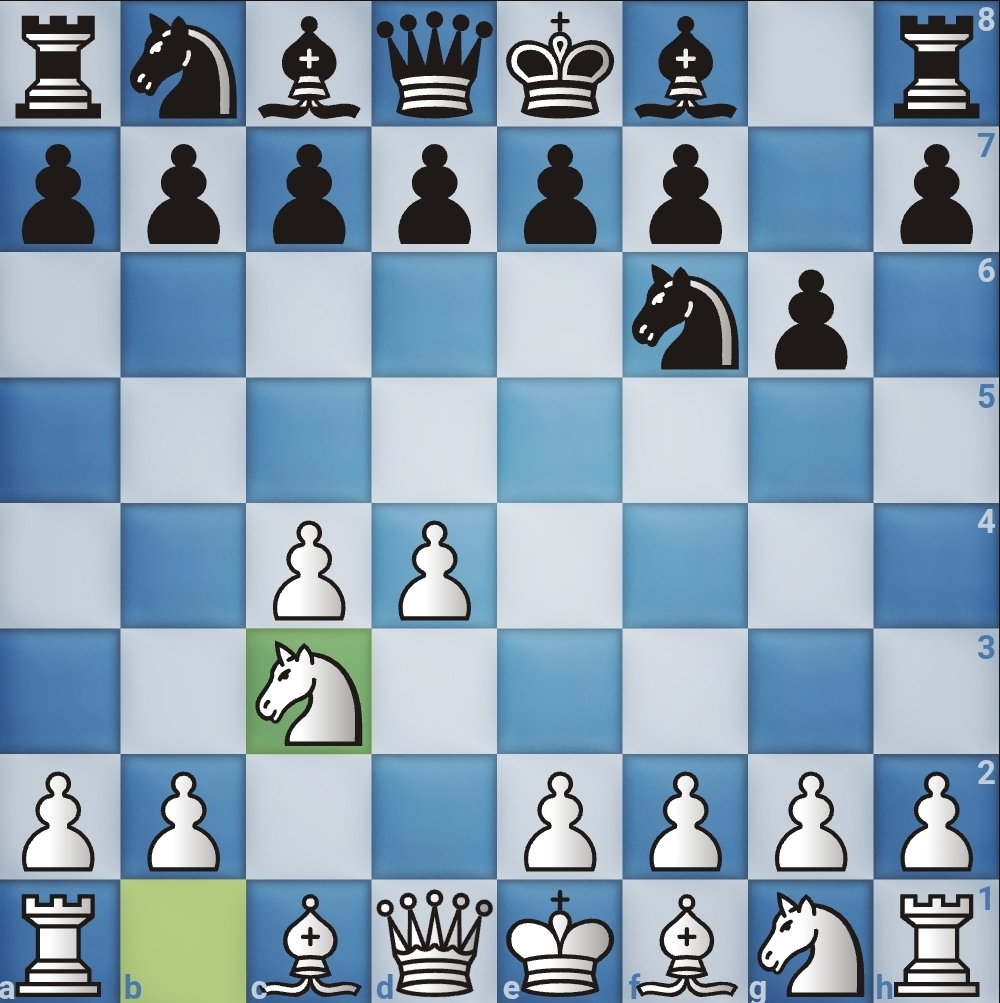
The King’s Indian Defense is one of Black’s most aggressive replies to 1.d4. Black allows White to occupy the center but prepares dynamic counterplay on the kingside.
The resulting battles are complex and double-edged — perfect for players like Tal and Kasparov, who thrived on chaos.
Popularity
The King’s Indian Defense appears in 116,577 games, with White winning 37% and Black 23%.
5. Nimzo-Indian Defense (1. d4 Nf6 2. c4 e6 3. Nc3 Bb4)
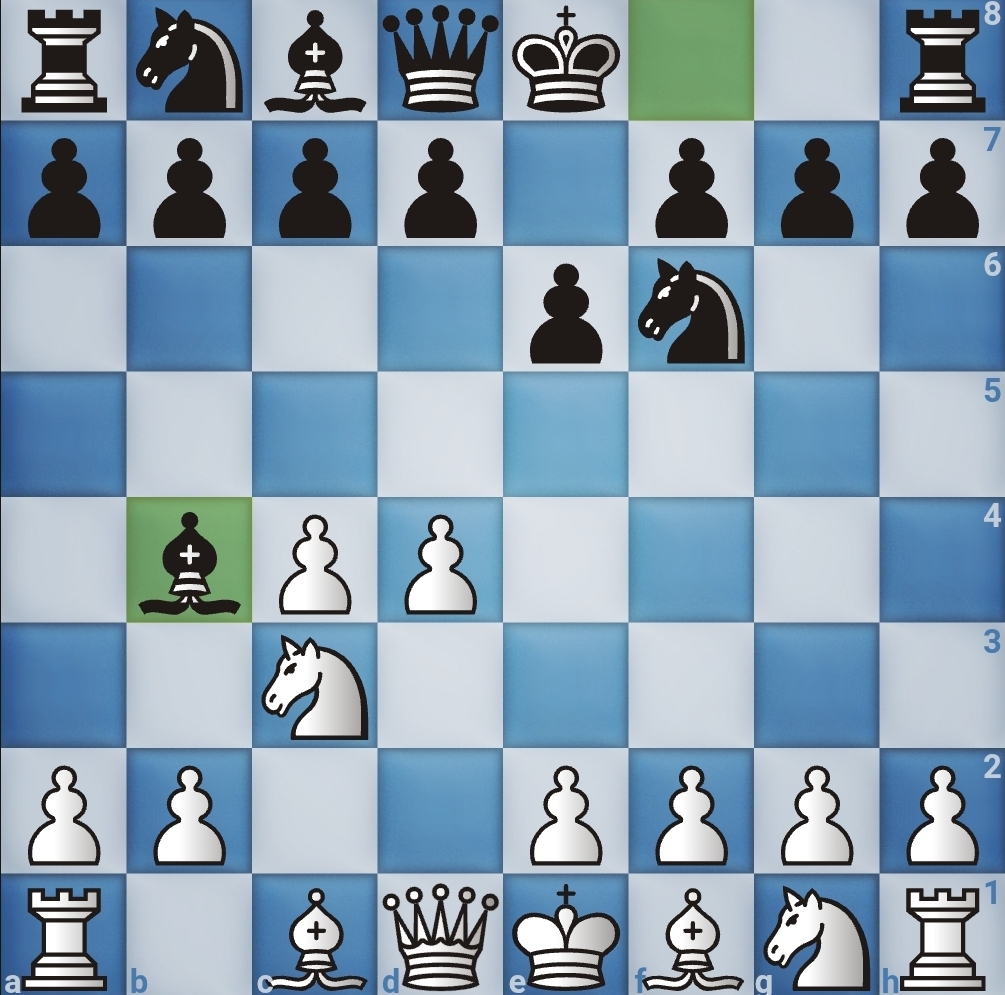
The Nimzo-Indian Defense is one of the most classical and respected defenses to 1.d4. By pinning the c3-knight, Black prevents e4 and gains quick development.
It offers a blend of flexibility, activity, and deep strategic ideas, played by virtually every world champion since Capablanca.
Popularity
Appears in 82,174 master games, with White winning 29%, Black 24%, and 46% drawn.
Conclusion
At the highest level of chess, Grandmasters rely on openings that are both strategically sound and have practical flexibility, having been tested throughout the ages.
Whether it’s the classical harmony of the Ruy López, the dynamism of the Sicilian, or the structure of the Queen’s Gambit, these openings define elite play. They also continue to shape modern chess theory.
By choosing to play the opening like Grandmasters do, you’ll be on the right path to chess improvement.
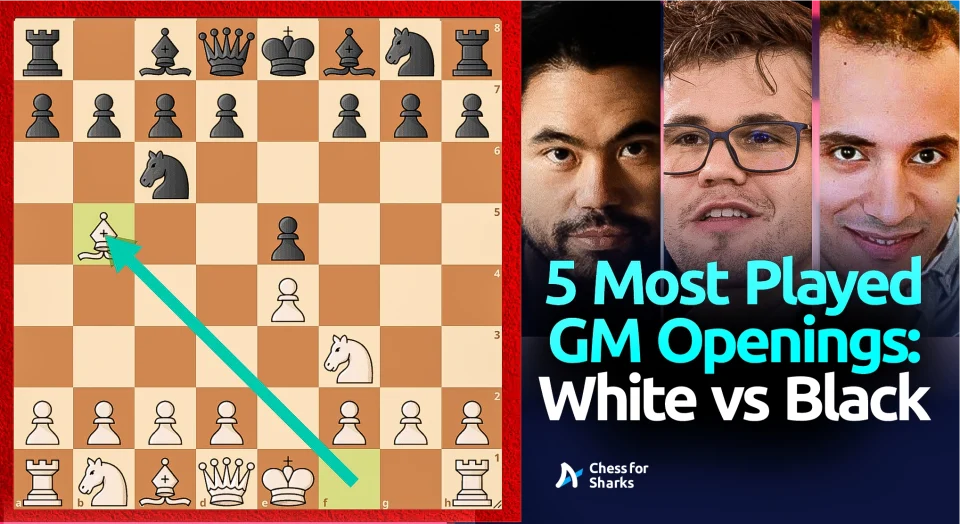


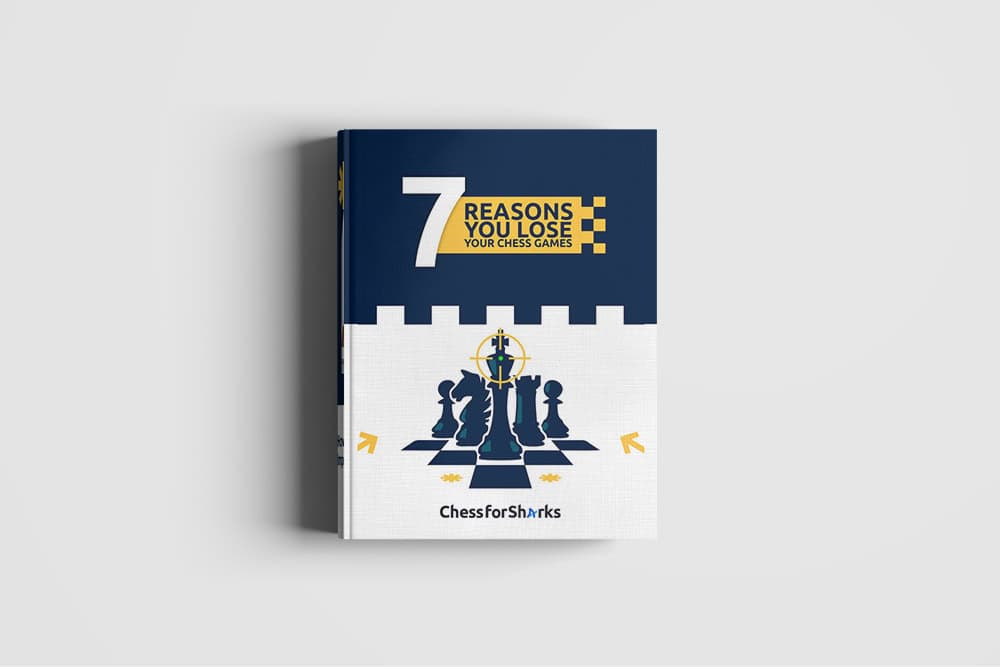

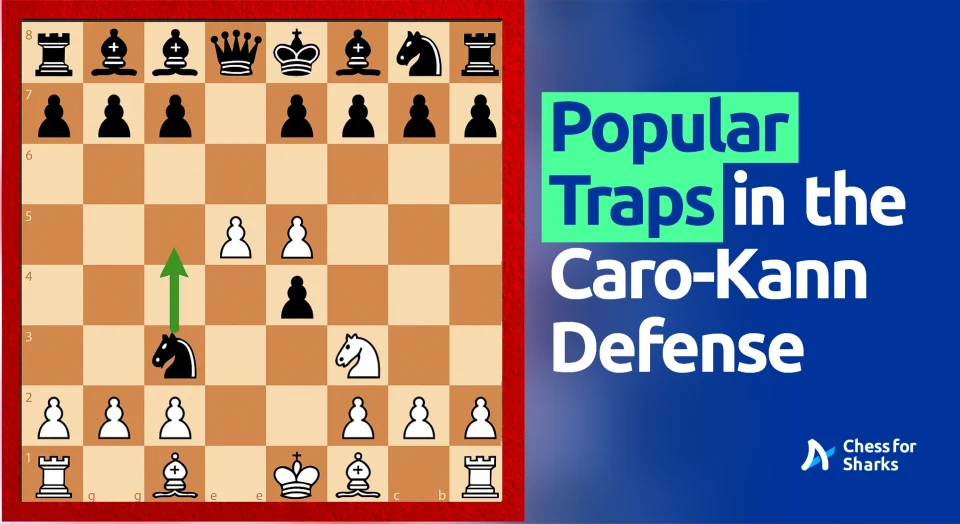
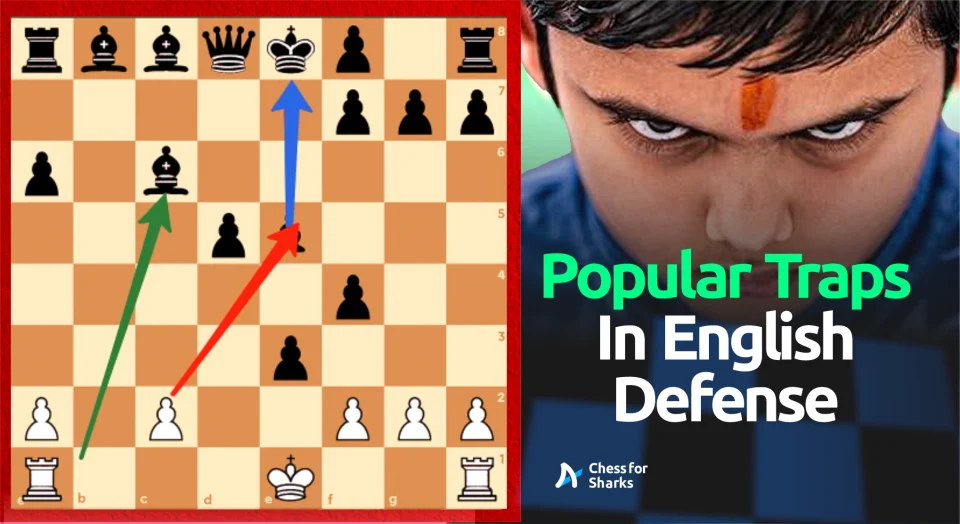
join the conversation